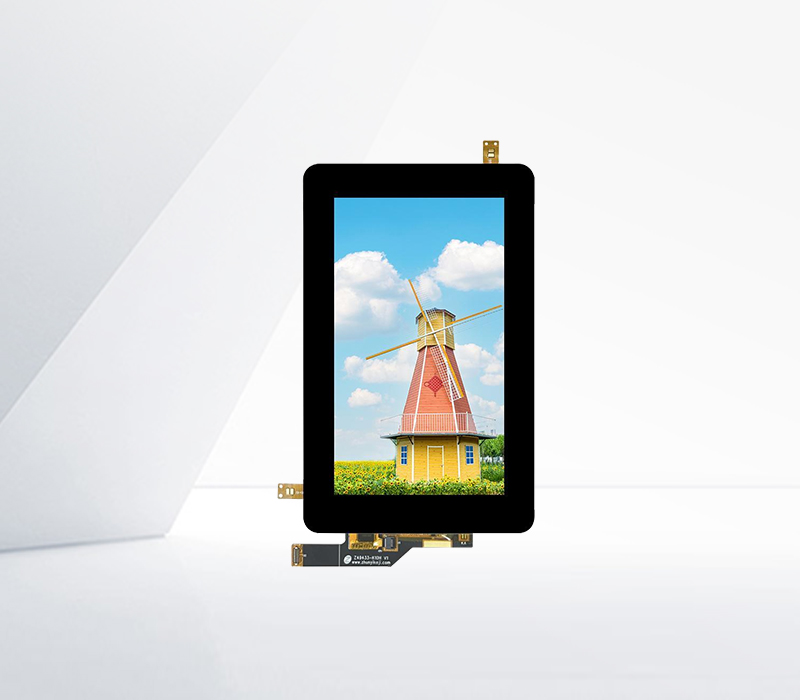




Maintaining and repairing TN LED displays properly is essential to ensure their longevity, optimal performance, and reliable operation. With regular maintenance, you can prevent common issues and address minor problems before they escalate into major malfunctions. Here are some useful tips for the maintenance and repair of TN LED displays.
Regular cleaning is one of the most basic yet important maintenance tasks. Dust, dirt, and fingerprints can accumulate on the screen over time, affecting the visual quality of the display. To clean the screen, use a soft, lint-free microfiber cloth. Avoid using abrasive materials or harsh chemicals, as they can scratch or damage the protective coating on the screen. For stubborn stains, you can slightly dampen the cloth with distilled water or a specialized screen cleaner designed for LED displays. Gently wipe the screen in a circular motion, starting from the center and moving outward. Do not apply excessive pressure, as this can cause permanent damage to the display panel.
Proper handling and placement of the display are also crucial for its maintenance. When moving the display, hold it by the edges and avoid touching the screen directly. Sudden impacts or drops can cause physical damage to the display, such as cracked screens or damaged internal components. Place the display on a stable and flat surface, ensuring that it is not exposed to excessive heat, moisture, or direct sunlight. High temperatures can cause the display's internal components to degrade over time, while moisture can lead to electrical short circuits. If possible, use a surge protector to protect the display from power surges, which can damage the power supply and other electrical components.
In case of common issues, some basic troubleshooting can often resolve the problem. For example, if the display has no image or a blank screen, first check the power connection to ensure that the display is properly plugged in and the power switch is turned on. Check the video cable connection between the display and the computer or other source device, and make sure it is securely plugged in at both ends. If the image is distorted or has color issues, try adjusting the display settings, such as the resolution, refresh rate, and color calibration. Updating the display driver software on your computer can also sometimes fix display-related problems.
For more complex issues, such as a malfunctioning backlight, dead pixels, or internal circuit failures, professional repair may be required. It is recommended to contact the manufacturer's customer support or an authorized service center. They have the expertise and specialized tools to diagnose and repair the display accurately. Avoid attempting to open the display yourself, as it contains high-voltage components that can be dangerous. When sending the display for repair, provide detailed information about the problem, including any error messages or symptoms you have observed. This will help the repair technicians identify and fix the issue more quickly. By following these maintenance and repair tips, you can keep your TN LED display in good condition and enjoy a high-quality visual experience for years to come.
